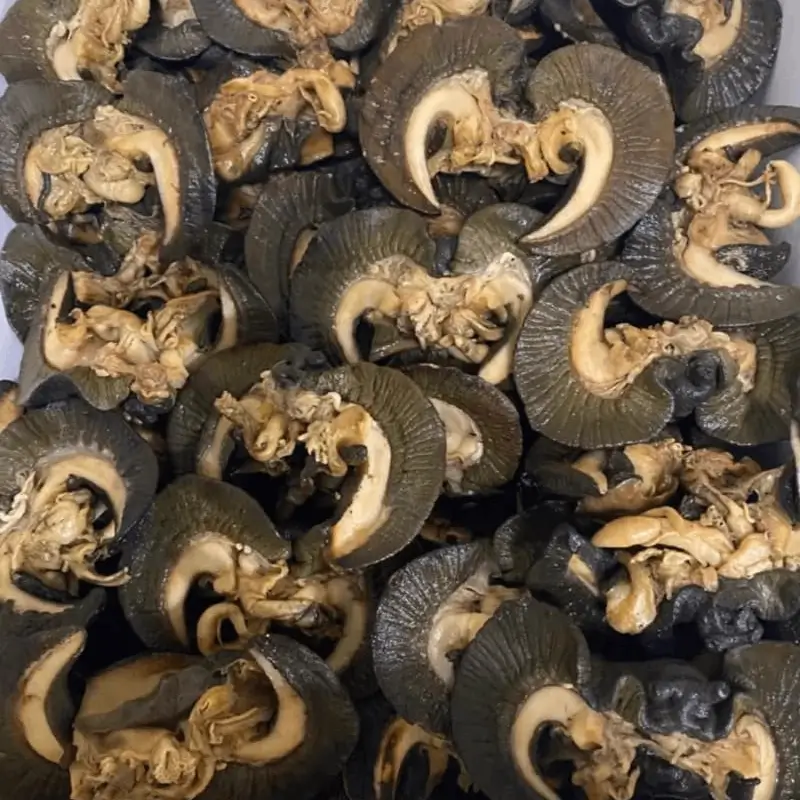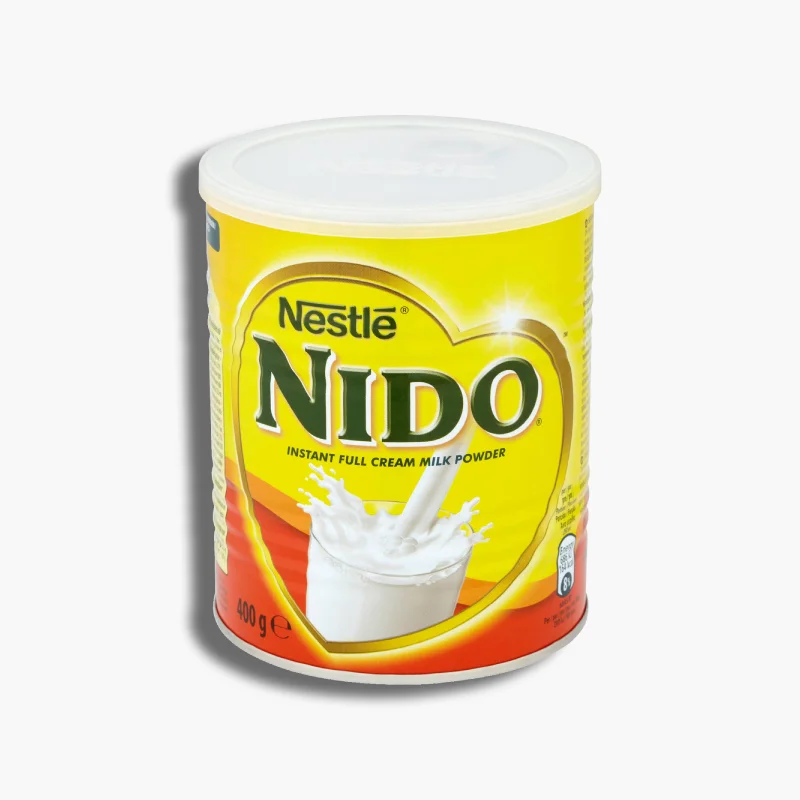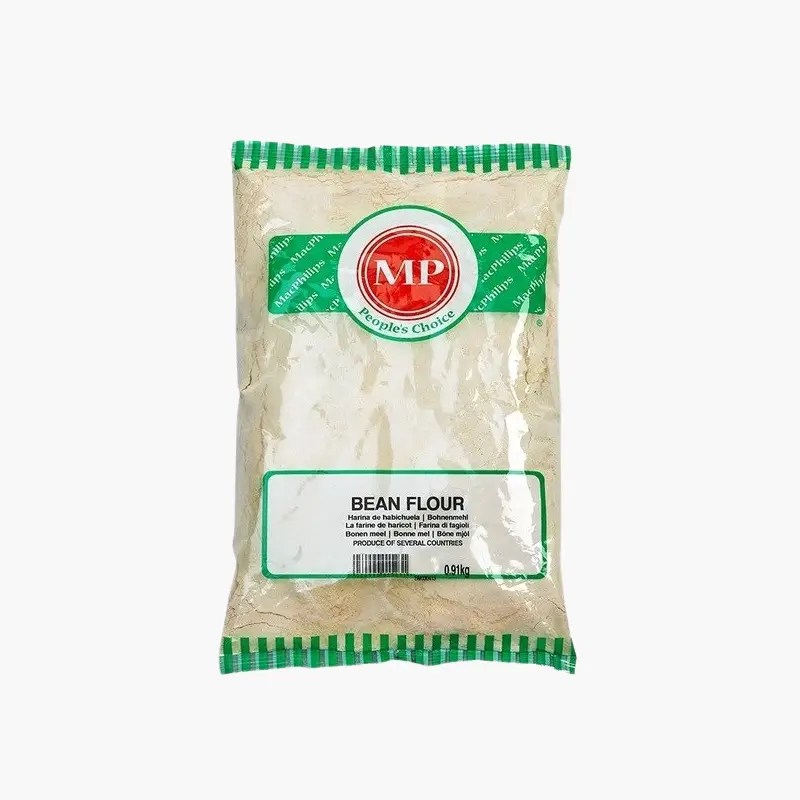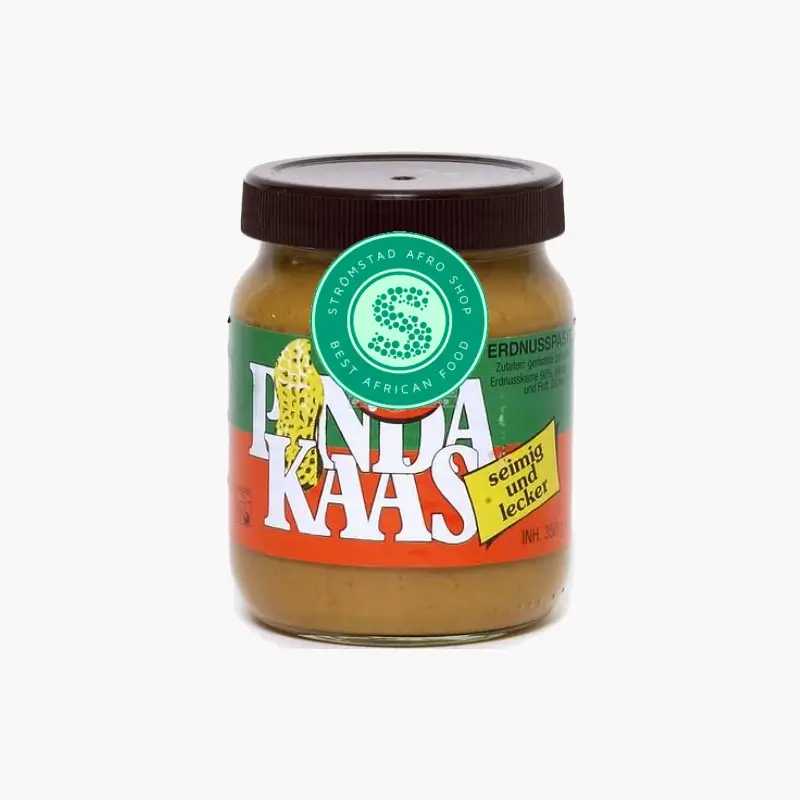Introduction to Dried Snails
- In modern culinary scenes, dried snails have found a renewed interest among chefs and home cooks alike. Their versatility allows them to be incorporated into a wide array of dishes, from traditional recipes to innovative gastronomic creations. The concentrated flavor of dried snails makes them an excellent addition to soups, sauces, and even as a protein-rich topping for salads and pastas.
- As we delve further into the benefits, uses, and preparation tips for dried snails, it becomes evident that this ingredient offers not only a taste of history but also a myriad of possibilities for today’s adventurous cook. Whether you are exploring traditional dishes or experimenting with new flavors, dried snails can be a valuable addition to your culinary repertoire.
Nutritional Benefits of Dried Snails
- Dried snails are an extraordinary source of nutrition, offering numerous health benefits due to their rich nutrient profile. One of the most notable aspects of dried snails is their high protein content. Protein is essential for muscle health, repair, and growth, making dried snails an excellent dietary option for individuals looking to enhance their muscle function and overall physical performance. Each serving of dried snails provides a significant amount of protein, which is crucial for various bodily functions.
- In addition to being a protein powerhouse, dried snails are remarkably low in fat. This makes them an ideal choice for those aiming to maintain a healthy weight or reduce fat intake without sacrificing essential nutrients. The low-fat content also makes dried snails a heart-healthy option, supporting cardiovascular health and reducing the risk of heart-related diseases.
- Dried snails are also a rich source of essential vitamins and minerals. They contain substantial amounts of vitamin A, which is vital for skin health, vision, and immune function. Vitamin A helps in maintaining healthy skin by promoting the growth of new skin cells and protecting against infections. Moreover, dried snails are packed with iron, which is crucial for the production of red blood cells and the prevention of anemia. The presence of calcium and magnesium in dried snails further supports bone health and metabolic functions.
- Another significant benefit of consuming dried snails is their contribution to immune system enhancement. The combination of vitamins and minerals found in dried snails, such as zinc and selenium, plays a pivotal role in boosting the immune system. These nutrients help in the production and functioning of immune cells, thereby enhancing the body’s ability to fight off infections and illnesses.
- Overall, the nutritional benefits of dried snails make them a valuable addition to a balanced diet. Their high protein content, low fat levels, and rich supply of essential vitamins and minerals contribute to improved muscle health, better skin, and a stronger immune system, making dried snails a nutritious and beneficial food choice.
Culinary Uses of Dried Snails
Dried snails, a delicacy in various cultures, offer a unique culinary experience marked by their distinct taste and texture. Renowned for their slightly chewy consistency and mild, earthy flavor, dried snails can elevate both traditional and contemporary dishes.
In French cuisine, dried snails are often rehydrated and used in the classic dish, “Escargot à la Bourguignonne,” where they are cooked with garlic, parsley, and butter. This traditional preparation highlights the snails’ ability to absorb and enhance the rich flavors of herbs and spices. Similarly, in Spanish cuisine, dried snails are a key ingredient in “Caracoles a la Madrileña,” a savory stew cooked with tomatoes, chorizo, and various spices, showcasing their versatility in hearty, robust dishes.
Asian cuisines also utilize dried snails in innovative ways. In Vietnamese cooking, dried snails are often incorporated into “Bún Ốc,” a noodle soup featuring a delicate broth flavored with ginger and lemongrass. The rehydrated snails add a unique texture and complement the aromatic ingredients perfectly. In Chinese cuisine, dried snails can be found in various stir-fries and soups, often paired with vegetables and savory sauces that highlight their subtle taste.
Modern culinary trends have seen chefs experimenting with dried snails in unexpected ways. They can be ground into a powder and used as a seasoning for gourmet dishes, providing an umami boost. Additionally, dried snails can be rehydrated and added to salads, pasta, or risottos, offering a sophisticated twist to everyday meals.
Incorporating dried snails into your cooking can be straightforward. Simply rehydrate them by soaking in water for several hours before use. Their mild flavor makes them a versatile ingredient, capable of complementing a variety of herbs, spices, and sauces. Whether used in traditional recipes or modern innovations, dried snails can add a unique culinary dimension to your dishes.
How to Prepare Dried Snails
Preparing dried snails for culinary use involves several essential steps to ensure they are cleaned, rehydrated, and ready for cooking. This guide outlines the necessary procedures to achieve optimal flavor and texture, while also offering tips to avoid common mistakes in the preparation process.
The first step in preparing dried snails is rehydration. Begin by placing the dried snails in a large bowl and covering them with cold water. Allow them to soak for at least 12 hours or overnight. This rehydration process is crucial, as it softens the snails and makes them easier to clean and cook. Changing the water once or twice during this period can help remove any residual impurities.
Once the snails have been adequately rehydrated, the next step is to clean them thoroughly. Drain the snails and rinse them under cold running water. Use a soft brush to gently scrub away any remaining debris or dirt. It’s important to ensure that all impurities are removed to avoid any undesirable flavors in the final dish.
After cleaning, some chefs recommend blanching the snails to improve their texture. To do this, bring a pot of water to a boil and add a pinch of salt. Drop the cleaned snails into the boiling water and blanch them for 2-3 minutes. This process helps to firm up the snails and can enhance their overall mouthfeel. After blanching, drain the snails and rinse them again under cold water to stop the cooking process.
Before incorporating the snails into your desired recipe, it’s beneficial to marinate them. A simple marinade of olive oil, garlic, and herbs can infuse the snails with additional flavor. Allow the snails to marinate for at least 30 minutes, or longer if time permits.
To avoid common pitfalls, ensure the snails are thoroughly soaked and cleaned, as any remaining dirt can negatively impact the dish. Additionally, avoid overcooking during the blanching stage, as this can result in a rubbery texture. By following these preparation steps, you’ll be well on your way to creating delightful dishes with dried snails.
When seeking high-quality dried snails, it is crucial to identify reputable sources to ensure both freshness and quality. Numerous online retailers and physical stores offer dried snails, but discerning buyers should be aware of certain factors to make an informed purchase.
Physical Stores
For those who prefer to inspect the product before purchase, physical stores such as gourmet food shops, international markets, and specialty seafood stores are ideal. High-quality dried snails can also be found in some well-stocked supermarkets. When buying from physical stores, examine the packaging for any signs of damage or moisture, and ensure the snails have a uniform, dry appearance. It may be beneficial to inquire about the store’s sourcing practices and whether their suppliers follow recognized food safety standards.
What to Look For
Regardless of where you choose to buy dried snails, there are several key factors to consider. First, ensure the packaging is airtight and free from any tears or punctures, as this helps maintain freshness. The snails themselves should be dry, without any noticeable moisture, and have a consistent coloration. Check for any certifications or quality marks on the packaging, such as organic certification or adherence to food safety standards like HACCP or ISO, which can provide additional assurance of quality. Lastly, be mindful of expiration dates and storage instructions to ensure the product remains fresh after purchase.
Storage and Shelf Life of Dried Snails
Proper storage is crucial to maintaining the quality and extending the shelf life of dried snails. To ensure they remain in optimal condition, it is essential to consider factors such as temperature, humidity, and packaging. By adhering to best practices, you can enjoy the benefits of dried snails for an extended period of time.
The ideal storage condition for dried snails is a cool, dry place. Temperatures should be kept consistently below 77°F (25°C). Excessive heat can cause the snails to lose their flavor and nutritional value, while high humidity can lead to mold growth and spoilage. Aim for a relative humidity level below 60% to preserve the snails’ quality.
Packaging plays a significant role in the longevity of dried snails. Airtight containers, such as vacuum-sealed bags or jars with tight-fitting lids, are highly recommended. These containers prevent exposure to moisture and air, both of which can compromise the snails’ quality. If vacuum-sealing isn’t an option, consider using resealable plastic bags with most of the air removed before sealing.
When it comes to long-term storage, consider placing the dried snails in the freezer. Freezing at temperatures below 32°F (0°C) can significantly extend their shelf life. However, ensure that the snails are well-packaged to prevent freezer burn, which can affect their texture and taste.
Typically, dried snails have a shelf life of 6 to 12 months if stored under optimal conditions. It is essential to regularly check for signs of spoilage, such as an off smell, discoloration, or the presence of mold. If any of these signs are detected, it is best to discard the snails to avoid potential health risks.
By following these storage guidelines, you can maximize the shelf life of dried snails and continue to enjoy their unique flavor and nutritional benefits for months to come.
Sustainability and Ethical Considerations
The sustainability and ethical considerations surrounding the harvesting and consumption of snails have gained significant attention in recent years. As the global demand for alternative protein sources rises, snails present a viable and environmentally friendly option. One of the most notable aspects of snail farming is its relatively low environmental impact compared to traditional livestock farming. Snails require minimal resources; they can be farmed in small spaces, consume less feed, and produce fewer greenhouse gases.
Efforts to farm snails sustainably are also on the rise, driven by both environmental concerns and the need for more efficient food production systems. Sustainable snail farming practices involve using natural and organic feed, implementing water-saving techniques, and ensuring the habitats are conducive to the snails’ health and growth. These practices not only contribute to the well-being of the snails but also minimize the ecological footprint of snail farming.
Ethical considerations are paramount in snail farming, especially regarding the treatment and welfare of the snails. Responsible farming practices are being adopted to address these concerns. For instance, many farms are committed to providing humane conditions, such as proper nutrition, adequate space, and stress-free environments. Additionally, there is an emphasis on minimizing the use of chemicals and pesticides to ensure that the snails are healthy and that their habitats remain uncontaminated.
The environmental impact of snail farming is considerably lower compared to other protein sources like beef, poultry, and pork. Snail farming generates less waste and requires fewer natural resources, making it a sustainable choice for those looking to reduce their ecological footprint. Furthermore, as snails are cold-blooded and have slower metabolisms, they convert feed into body mass more efficiently than warm-blooded animals, further enhancing their sustainability profile.
In conclusion, the ethical and sustainability aspects of snail farming make it a compelling option for sustainable food production. By adhering to responsible farming practices, the industry can ensure that the benefits of snail farming are realized while maintaining high standards of animal welfare and environmental stewardship.
Frequently Asked Questions About Dried Snails
When it comes to dried snails, there are often many questions that arise. Here, we address some of the most common inquiries to provide clarity and help you make informed decisions.
What Are the Health Benefits of Dried Snails?
Dried snails are a nutritious food source rich in protein, essential amino acids, and various vitamins and minerals. They are particularly high in iron, which is vital for preventing anemia, and they contain magnesium and calcium, which support bone health. Additionally, dried snails are low in fat and cholesterol, making them a heart-healthy option.
How Do You Prepare Dried Snails?
Preparing dried snails requires rehydration and cooking. First, soak the dried snails in water for several hours, or overnight, to soften them. Once rehydrated, rinse them thoroughly to remove any remaining impurities. They can then be boiled or simmered in a flavorful broth or sauce. Some traditional recipes call for additional ingredients like garlic, herbs, and spices to enhance their taste.
How Does Dried Snails Taste Like?
Dried snails have a unique, earthy flavor that is often described as mild and slightly nutty. Their texture is tender yet firm, making them a versatile ingredient in various dishes. When cooked properly, they absorb the flavors of the accompanying ingredients, making them a delightful addition to soups, stews, and sauces.
Are There Any Tips for First-Time Users?
For those new to dried snails, it is advisable to start with small quantities and simple recipes. Ensure that the snails are properly rehydrated and cleaned before cooking. Experiment with different herbs and spices to find a flavor profile that suits your palate. Additionally, sourcing high-quality dried snails from reputable suppliers can significantly enhance your culinary experience.
Can Dried Snails Be Used in Various Cuisines?
Yes, dried snails are used in a variety of global cuisines. They are a staple in many African and Asian dishes, where they are incorporated into soups, stews, and curries. Their adaptability allows them to be used creatively in fusion cuisine, offering a unique twist to traditional recipes.








Reviews
There are no reviews yet.